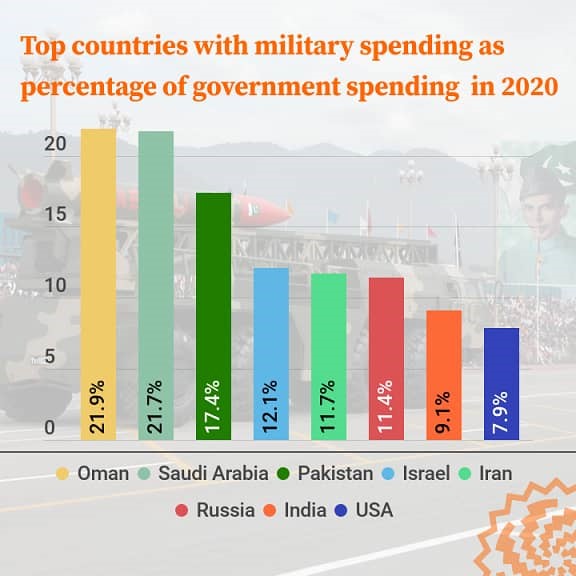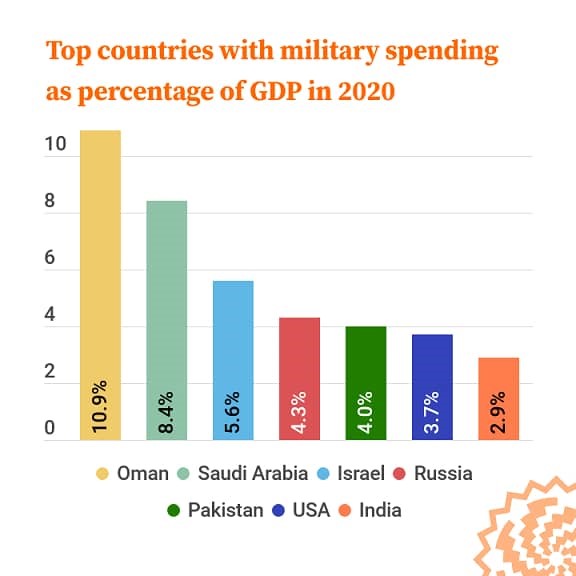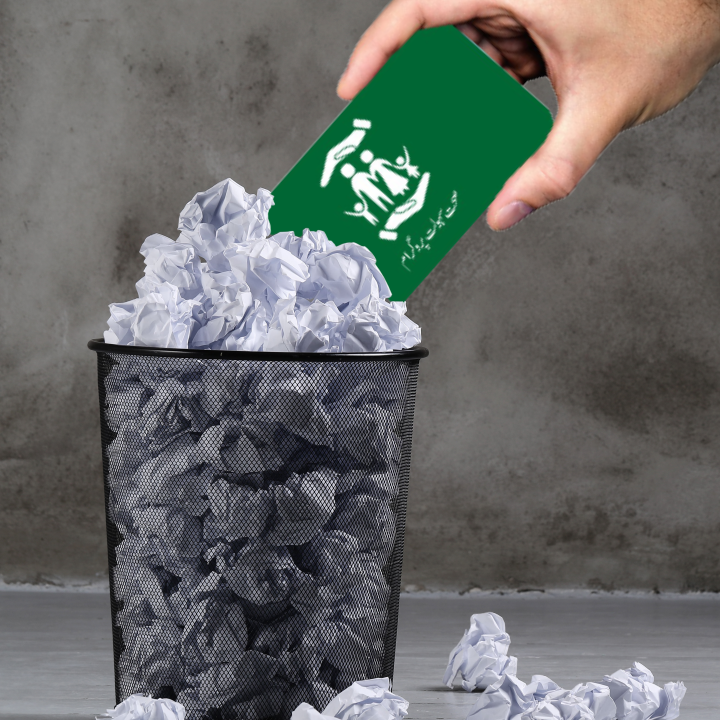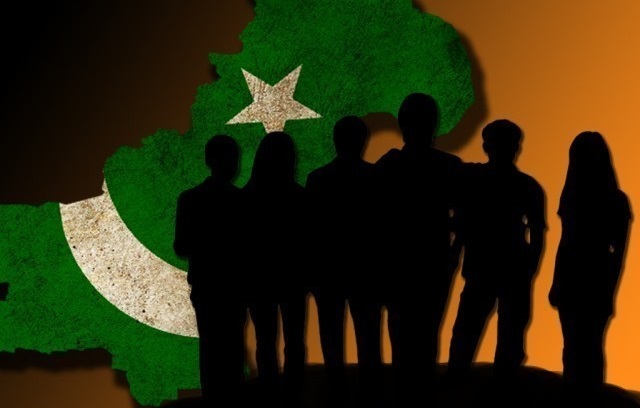Prime Minister Imran Khan was about to enter the National Assembly hall to attend the annual budget session on 12th June 2021 when a reporter asked him: to what extent the budget will be people-friendly? He stopped, looked straight in the eyes of the reporter and remarked pointedly before entering the hall: “Everyone will be happy”.
In the event, the government has presented what its supporters call a feel-good budget though the opposition and independent economists point out that there are many uncertain elements in it. Citing an obvious instance, they say that it is not certain if the government will achieve its tax collection target (but, then, no government in recent memory has achieved that target). Similarly, they says, there are serious uncertainties about the foreign assistance the budget is banking on. This assistance may not materialize – at least not fully – given that the government is unwilling to meet some of the stringent conditions that the International Monetary Fund (IMF) has attached to its financial assistance package.
What remains certain, just like it does every year, is that Pakistan is allocating more money for national defense than it did in the previous budget. For the budget year starting on 1st July 2021, the government has proposed an allocation of 1.37 trillion rupees for this purpose. This is 6.2 percent higher than the allocation for the same purpose in the budget for July 2020-June 2021.
A relatively less certain aspect of Pakistan’s military spending is the fact that increases in it might become unsustainable in the long run if other things remain the same. At least some part of this spending is already being financed either through increased taxes or with debt. As the 18th century French philosopher Montesquieu put it: “Each monarch keeps as many armies on foot as if his people were in danger of being exterminated. The consequence for such a situation is a perpetual augmentation of taxes.”
While a populace reeling under high inflation may have no appetite for higher taxes, a constant increase in debt is also neither desirable nor practical.
Many economists, therefore, argue that Pakistan must change the nature of its economy if it wants to continue increasing its military spending. To achieve that objective, they say, it must improve its human resources. An economy can continuously grow only if it manages to produce an unhindered supply of an educated, skilled and healthy workforce, they contend.

What makes that possible, they say, is a high government spending on education, health and other social development sectors.
The cost of militarization
Stockholm International Peace Research Institute (SIPRI) is an independent research organization that specializes in studying conflicts, armament procurement and military spending across the globe. It publishes an annual database that provides details of military spending by almost every country in the world.
SIPRI’s data reveals that Pakistan is 23rd highest military spender in the world. It spent around 10.4 billion US dollars – or 1.7 trillion rupees -- on its military in 2020. This spending may seem considerably less than that in some other countries, particularly the United States, China and India (which spent 778 billion, 252 billion and 72 billion US dollars respectively on their militaries in 2020) but other datasets show that this difference could be misleading.
So, if we look at military spending as percentages of Gross Domestic Product (GDP), Pakistan easily beats all three countries mentioned above. The United States spends 3.7 percent of its GDP on military, China’s military spending is only 1.7 percent of its GDP and India’s military spending stands at 2.9 percent of its GDP. Pakistan, on the other hand, spends around 4 percent of its GDP on its defense. Only 14 other countries have a higher percentage of this spending with relation to their GDPs.
This is particularly important because, according to the conventional economic wisdom, a country’s spending on military should not exceed two percent of its GDP if it wants to be able to achieve a high level of social development. This is obvious from the fact that almost all the countries which have a higher military spending to GDP ratio than Pakistan are not ranked very high in social sector development. The only exception is Israel which can afford to spend huge amounts of money on its military because it gets billions of dollar in military aid from the United States every year.
Pakistan also ranks fourth in the whole world when it comes to the share of military spending in total government spending – allocating around 17.4 percent of its government spending to defense alone. Only Belarus, Oman and Saudi Arabia rank higher on this count. In both India and the United States, the share of military spending in total government spending is almost half as compared to what it is in Pakistan.

Some other datasets put this spending in a sharper relief.
As per the United Nations Development Programme (UNDP), Pakistan is ranked 154th globally in terms of human development index (HDI). This index is a summary of a country’s average achievements in such aspects as life expectancy, education, infant mortality etc. Almost everyone agrees that the major reason for Pakistan’s dismal HDI record is that it does not prioritize spending on social development sectors.
As things stand today, military spending, indeed, dwarfs budgetary allocations for social sectors. The federal government is allocating only around 144 billion and 50 billion rupees to education and health respectively in the federal budget for 2021-22 while an additional 100 billion rupees are being allocated for an emergency package to battle the coronavirus pandemic. Consequently, education and health have been allocated 1.7 and 0.6 percent of the total federal budget respectively.
In fact, the entire budgetary allocation for public sector development --which includes all kinds of development activities and not just those concerning education and healthcare – for the next budget year stands at 900 billion rupees. Though this shows an increase of 38.5 percent over the last year’s development budget, it is still around 437 billion rupees less than the defense budget.
Some people might point out that education and healthcare are provincial subjects so the governments of four provinces also allocate separate amounts of money for these. This is true yet the combined federal and provincial allocations in these sectors are far short of what Pakistan needs to invest in them. A 2017 World Bank report states that Pakistan’s entire spending on education was only 2.9 percent of its GDP. A similar report in 2018 showed that the country spent 3.2 percent of its GDP on healthcare services.
There is also a caveat here. While all the military spending is done entirely by the government, the one on education and health, as reported by the World Bank, includes all the government spending -- made by the federal and all the provincial governments -- as well as the spending by private investors and entrepreneurs who are increasingly becoming major players in these two sectors.
There, however, are experts who do not see high military spending as being the reason for low investment in social sectors. The most prominent among them is Nadeem ul Haque, vice chancellor of the Pakistan Institute of Developmental Economics (PIDE), a government-funded research organization based in Islamabad. He does not buy the argument that Pakistan’s excessive military spending causes a lack of investment in social development. He, instead, blames civilian bureaucracy for mismanaging the country’s financial resources because it “is devoid of the vision and integrity needed to improve human development”.
In such a situation, according to him, even if the education budget is increased ten times, it would make no difference since none of it will ever get invested in research. “The bureaucracy prefers quantity over quality and favors spending on bricks and mortar instead of investing in teachers,” he says.
Under-reporting and over-spending
An interesting aspect of Pakistan’s military spending is that even though 1.37 trillion rupees allocated for it in the coming budget appear to be a very large sum on its own, it is still less than the actual amount the military would spend in 2021-22. This is exactly what happed during the outgoing budget year (2020-21) when the military spent 8.8 billion rupees more than the budgeted amount.
SIPRI says that Pakistan’s actual spending was even higher: 1.7 trillion rupees or around 23 percent higher than the amount quoted in the outgoing year’s federal budget.
A major reason for this discrepancy is that the government of Pakistan and SIPRI have their own ways of measuring military spending. While the government considers only that money as military spending which it allocates to defense division in the federal budget, SIPRI includes in it all the resources spent on armed forces, defence ministry and other government agencies engaged in various defence-related activities and projects. SIPRI, therefore, regards budget allocations for paramilitary forces, which are trained and equipped for military purposes, also as military spending.
Also Read

Free healthcare: Does the official plan work?
It similarly includes salaries, pensions and other social services provided to military personnel in military spending whereas Pakistan’s federal budget considers military pensions as a civilian expense. The money spent on educational institutions and healthcare facilities run by the military are also deemed as civilian expenses in the budget even though their beneficiaries are mostly serving and retired military personnel and their families.
Former finance minister Hafeez Pasha says prior to General Pervez Musharraf’s military rule (between 1999 and 2008), these allocations had been all a part of military budget but were left out of it during his tenure. “International Monetary Fund (IMF) was constantly pushing Pakistan to reduce its military spending. Rather than following this direction, General Musharraf decided to remove these allocations from defense budget and shifted them to the civilian budget,” he says. In other words, he observes, “the resources allocated to the military continued to expand but the military budget went down on paper”.
These heads of account, indeed, make a large difference. Pakistan has spent 359 billion rupees in 2020-21 on just one of them – military pensions -- and is expected to spend 360 billion rupees on it in 2021-22. As a SIPRI expert puts it, the government can show 40 percent less military spending by keeping such expenses out of it.
Fahd Ali, a Lahore-based economist and academician, believes the federal budget leaves out many other expenses as well which are directly or indirectly related to military spending. The budget, he says, does not mention the rent of land and other subsidies utilized by military-owned businesses such as Fauji Fertilizer, a manufacturer of chemical fertilizers.
The profit of these businesses also goes to the serving and retired military personnel and not to the national exchequer, Ali says. “Even the paramilitary forces have started their own businesses,” he says, “but there are no estimates of how much revenue they are raising through these ventures.”
Haque, however, believes these objections are overblown. He calls the criticism of military spending as “simplistic, juvenile and probably driven by a foreign agenda”. In his opinion, this criticism “usually comes from people who are influenced by international donors”. They, according to him, “only write whatever they are paid to write by international donor consultants”.
Independent economists critical of Pakistan’s military spending may take exception to his remarks but he insists that, if it were in his hands, he would never decrease military spending because, he says, “we need the army.”
This report was first published by Lok Sujag on 25 Jun 2021, on its old website.
Published on 9 Jun 2022




















